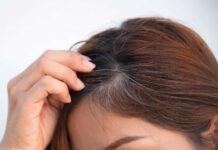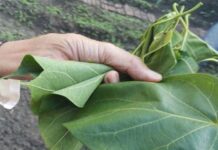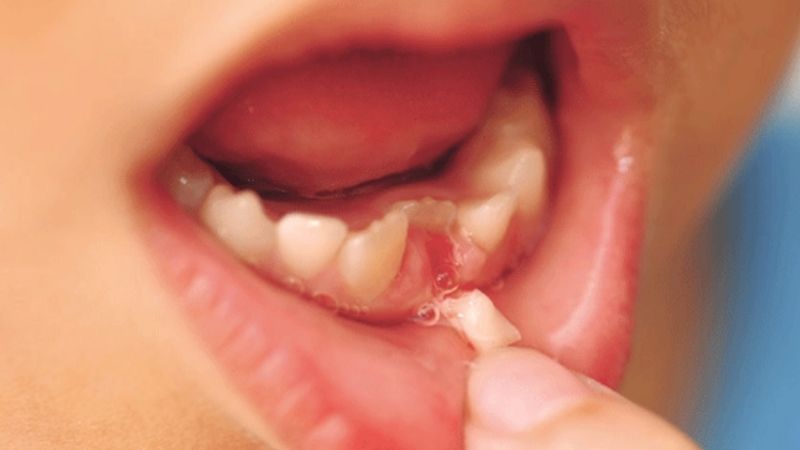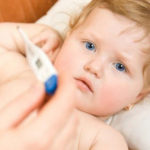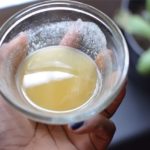Caring for children’s oral health has become a priority for many parents, and supportive products such as … are quite common. However, some children still experience decay in their baby teeth and require extraction. So, how can you safely extract a baby tooth at home and care for your child’s teeth afterward?
1 How do babies teeth?
As babies grow, their baby teeth will start to loosen, indicating that they are entering the teething phase. This process involves the baby teeth becoming loose and eventually falling out to make way for the permanent teeth to grow in their place.
Teething typically starts around 5-6 months of age and concludes around 10-12 years old. This process can vary, however, and may begin or end 6-12 months earlier or later for some children.
Here is the typical order of baby teeth eruption:
-
Between 5-7 years old: Central incisors are replaced.
-
7-8 years old: Lateral incisors are replaced.
-
9-10 years old: First molar teeth are replaced.
-
10-11 years old: Canine teeth are replaced.
-
11-12 years old: Second molar teeth are replaced.
2 When should baby teeth be extracted?
Ideally, baby teeth should not be extracted before the child enters the teething phase as they play an important role in maintaining space and shaping the jaw for the incoming permanent teeth, as well as ensuring the child’s ability to chew and speak properly.
Dentists recommend extracting baby teeth only in certain cases, such as:
-
Recurring toothaches that don’t respond to treatment, impacting the child’s overall health. Extraction may be necessary to prevent issues from spreading to other teeth.
-
Infection at the base or between the teeth.
-
Decayed tooth pulp, which, if left untreated, can lead to infection of the permanent teeth.
-
Teething phase: Loose baby teeth or permanent teeth erupting before the baby teeth have fallen out.
 Baby teeth with infection require immediate extraction
Baby teeth with infection require immediate extraction
3 How to safely extract a baby tooth at home
It is advisable to attempt extraction at home only for baby teeth that have completely decayed and are easy to remove. If you choose to do so, keep the following in mind:
-
First, gently push on the tooth to assess its looseness and encourage the natural shedding process.
-
Next, wrap sterilized gauze around your index finger and gently wiggle the tooth until it is ready to be pulled out. Then, remove the tooth with a gentle tug.
-
Ensure sanitary conditions and use sterile instruments to avoid infection.
-
Be decisive when extracting the tooth to minimize pain and make the process easier.
-
Avoid using thread to pull out the tooth as it may cause the crown to break while leaving the root stuck in the socket.
For peace of mind, it is always best to consult a dentist for baby tooth extraction.
 At-home baby tooth extraction requires careful consideration
At-home baby tooth extraction requires careful consideration
4 Post-extraction care for babies
After a tooth extraction, it is recommended that your child takes anti-inflammatory medication as prescribed by a dentist and attends follow-up appointments as necessary.
It is important to remind and monitor your child to avoid touching, poking, or chewing on the extraction site as this can cause pain, bleeding, or infection.
Avoid giving your child sweet, very cold, very hot, or hard foods. Instead, opt for soft, liquid foods like porridge or soup, and encourage your child to drink plenty of water.
It is still important to maintain oral hygiene for your child. Use a soft-bristled toothbrush and avoid brushing the wounded area for the first 24 hours. Your child can also rinse their mouth with physiological saline solution.
Follow the dentist’s instructions carefully to ensure your child’s mouth heals properly and their chewing and speaking abilities return to normal.

5 How to maintain your baby’s oral health
Start teaching your baby oral hygiene habits as early as possible, ideally when they have all eight central incisors.
Use toothpaste and a toothbrush to effectively clean your baby’s teeth and maintain good oral hygiene.
Limit your child’s consumption of sugary foods and drinks, acidic foods, and carbonated beverages.
Regular dental check-ups are a great way for your child to become familiar with the dentist and gain knowledge about personal care, reducing anxiety around potential tooth extractions.
 Start brushing your baby’s teeth early to develop good oral hygiene habits.
Start brushing your baby’s teeth early to develop good oral hygiene habits.
While it is important to prioritize your baby’s oral health to minimize potential damage, it is also crucial to know how to care for their teeth in the long term if a tooth extraction becomes necessary.
Tips for Parents on Dealing with Common Ailments in Young Children
Winter can be a particularly hard time for little ones when it comes to keeping healthy. With the decrease in temperature and shorter days, minor illnesses that often affect children can start to present themselves. To ensure your child remains in good health and to learn how to tackle minor ailments efficiently, here are 10 tips for parents to take into consideration.





